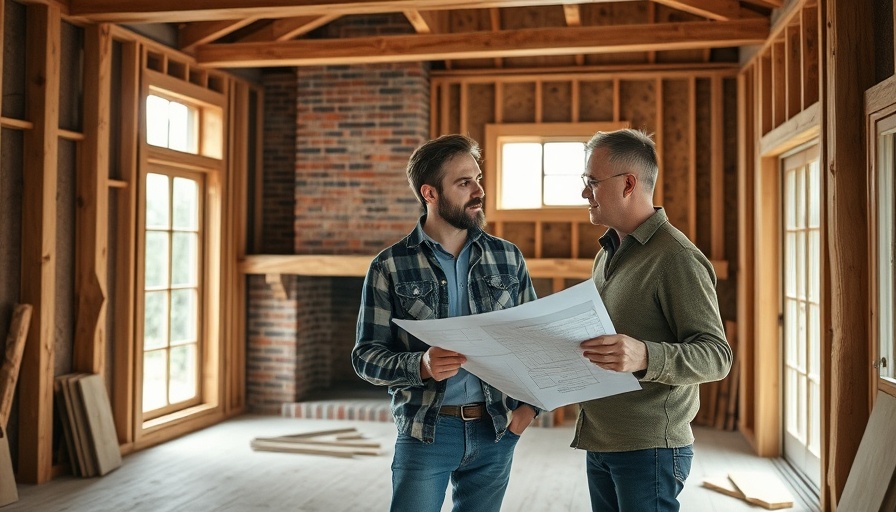
Transforming a Space: The Importance of Kitchen Design
The kitchen is more than just a place to cook; it is often considered the heart of the home. In the case of a retired couple’s kitchen in Sterling, Massachusetts, the redesign was not just about aesthetics; it aimed to provide a functional space for family gatherings and culinary endeavors. With the husband being a trained chef and former restaurant owner, the need for an efficient workspace was paramount, highlighting why thoughtful kitchen design matters.
Elegant Solutions: A Balanced Approach to Redesign
By collaborating with designer Ruth Bergstrom, the couple transformed their once-dull kitchen dominated by honey oak cabinets and a standard appliance layout. The change to a spacious L-shaped peninsula allows for both preparation and seating, seamlessly blending utility and elegance. The sophisticated gray cabinets with subtle green and blue undertones not only provide a soothing atmosphere but also evoke a sense of casual elegance. This thoughtful color palette is a vital part of creating an inviting space for family gatherings.
Practical Tips for Kitchen Renovation Success
When planning a kitchen renovation, homeowners can benefit from a few strategic tips: 1. **Prioritize Functionality**: Ensure your layout optimally supports how you cook and entertain. For instance, creating adequate counter space is crucial for food preparation. 2. **Select Timeless Materials**: Opt for durable and elegant materials, such as quartz for countertops and backsplashes, that can withstand daily use while also enhancing the visual appeal of the kitchen. 3. **Incorporate Seating Options**: An open-plan design encourages interaction and makes meal preparation a communal activity, bridging the gap between the kitchen and dining spaces.
Design Trends: Embracing Sustainable Choices
As the trend towards eco-friendly living continues to gain momentum, incorporating sustainable materials in home renovations has never been more critical. From selecting energy-efficient appliances to utilizing recycled materials for cabinetry and countertops, designers and homeowners alike can contribute to a more sustainable future without sacrificing style. This shift not only benefits the environment but also creates a healthier living space for families.
The Emotional Value of a Well-Designed Kitchen
A kitchen reflects the lifestyle and values of its inhabitants. The emotional impact of a well-designed kitchen goes beyond just beauty; it fosters connections among family members during meal preparations and gatherings. The redesigned kitchen in Sterling serves as a backdrop for making memories, showcasing how design can enhance life experiences.
In conclusion, the transformation of this kitchen illustrates the significance of thoughtful design and functionality. For homeowners contemplating a kitchen renovation, take inspiration from this couple's journey to create a space that is both practical and inviting. The right design choices can enrich not only the aesthetic appeal but also the emotional warmth of the home.
 Add Row
Add Row  Add
Add 




Write A Comment